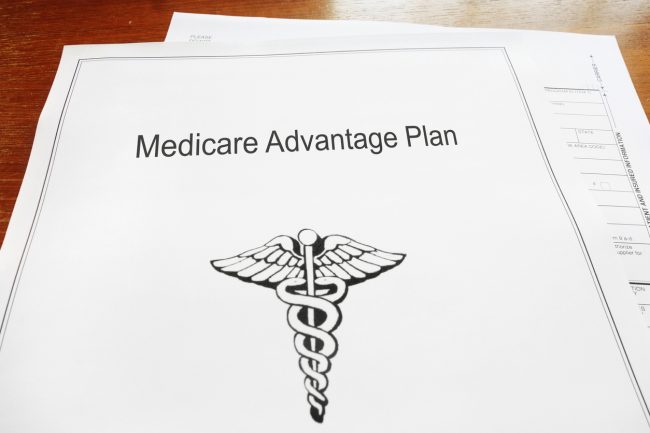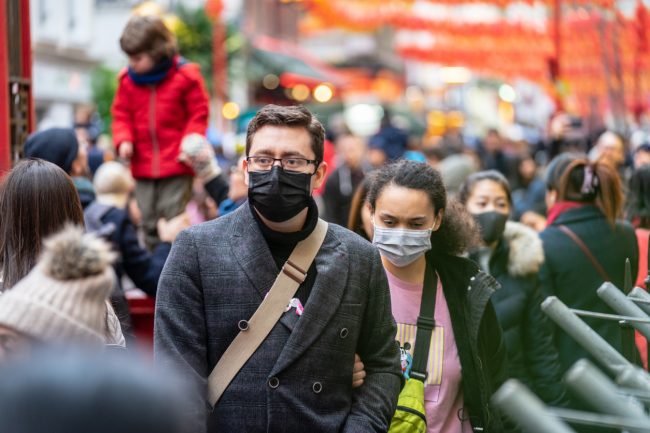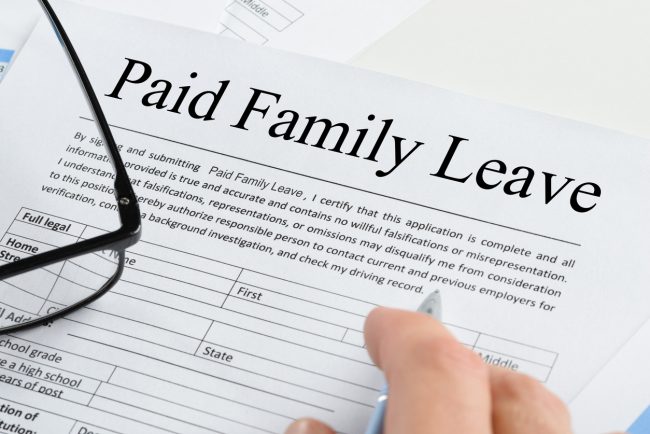IRS Allows Mid-Year Changes to Health Plans, FSAs
The IRS has loosened restrictions on employees who want to make changes to their group health plans and flexible spending accounts (FSAs) in the middle of the policy year.
IRS rules are typically stringent and rigid, barring changes from being made to health plans except during open enrollment. Under the new rules, the employer would still have to approve letting staff make changes to their plans if they have more than one option to choose from.
The IRS issued the new guidance after employer groups lobbied the agency and Congress to loosen the rules because the COVID-19 pandemic has led to profound changes in employees’ health care needs as well as access to childcare.
The new rules are temporary and apply only to 2020. All of the following mid-year changes must be approved by the employer;
Health plan changes: Employers can let employees make mid-year changes that would be in effect for the remainder of the year. The new guidance allows employees to:
- Drop out of their health insurance if they have another option,
- Sign up for insurance if they have not done so,
- Add family members to their plan, or
- Switch to a different health insurance plan.
Allowing these changes could be beneficial to employees who have had their salaries cut, or were furloughed, but were able to retain their health coverage. Someone in this position, for example, may decide to switch to a lower-cost health plan if they are unable to afford the premiums on their current plan.
Flexible spending accounts: Employees must decide before the plan year starts how much to set aside every paycheck into their FSA, the funds of which can be used to pay for health care-related expenses. Under the new guidance, they are allowed to make changes to their contribution levels mid-year.
Employees that expect more medical expenses and are able to afford it, can elect to increase their FSA funding. But those who may have been setting aside funds for an elective surgery that they may want to postpone, can chose to decrease the amount they put into their FSA every month.
Carryover amount: Regulations governing FSAs require employees to use all of the funds in their FSA in a given year or lose it. There are two exceptions: Employers can give employees a two-and-a-half-month grace period after the end of the plan year to spend remaining funds that are in the account at the end of the year, or they can let workers carry over up to $500 from one year to the next.
Starting this year, the carryover limit will be set at 20% of the maximum health care FSA contribution limit, which is indexed to inflation. That means that for 2020, employers can let employees carry over up to $550 into 2021.
The takeaway
While allowing your employees to make changes can help them better budget their health care spending, making the change will result in extra administrative expenses for you. Changing plans mid-year, signing up employees for new plans and adding dependents can involve a significant amount of paperwork and documentation.
That said, allowing employees to make these changes mid-year could help them better budget their health care spending and give them some extra peace of mind.










